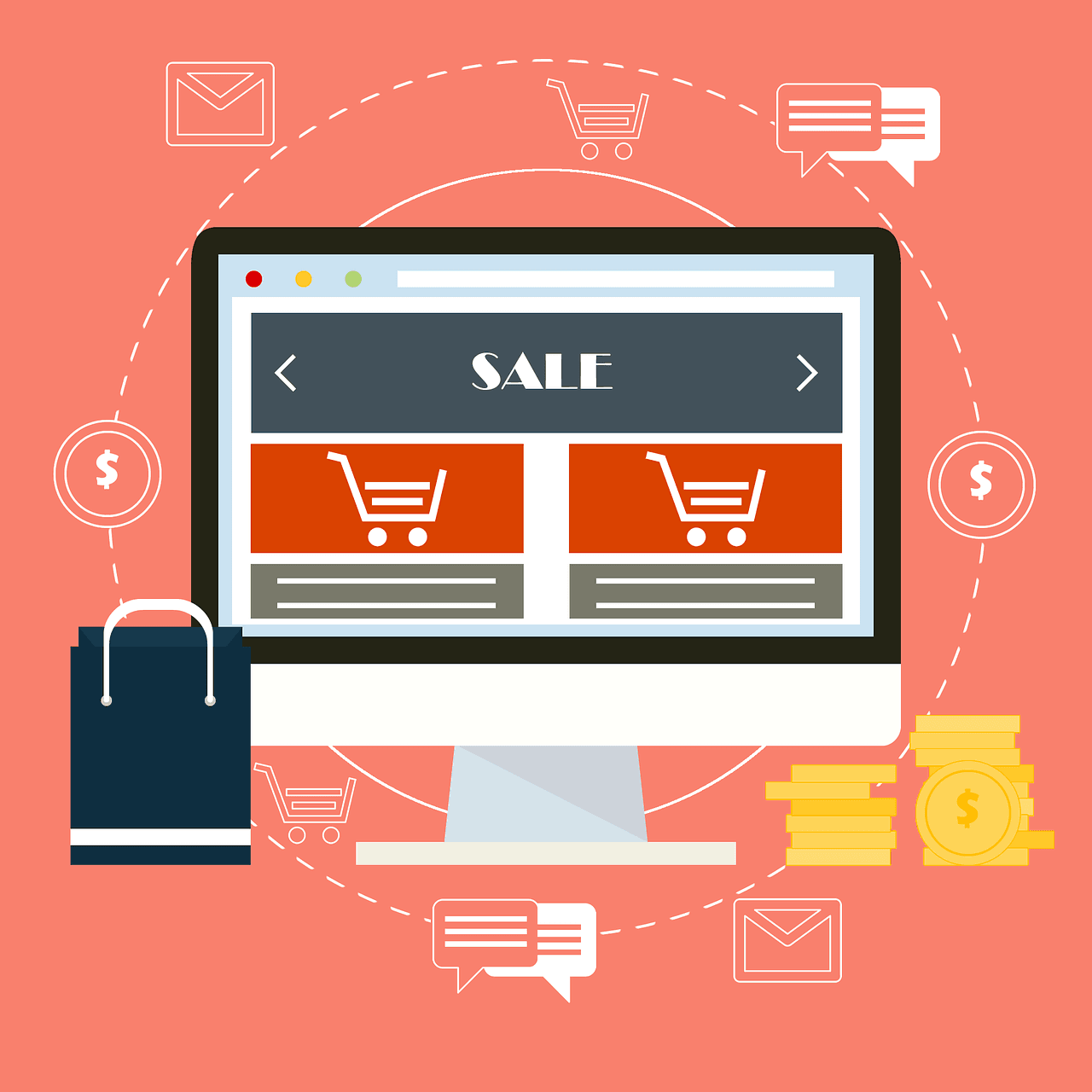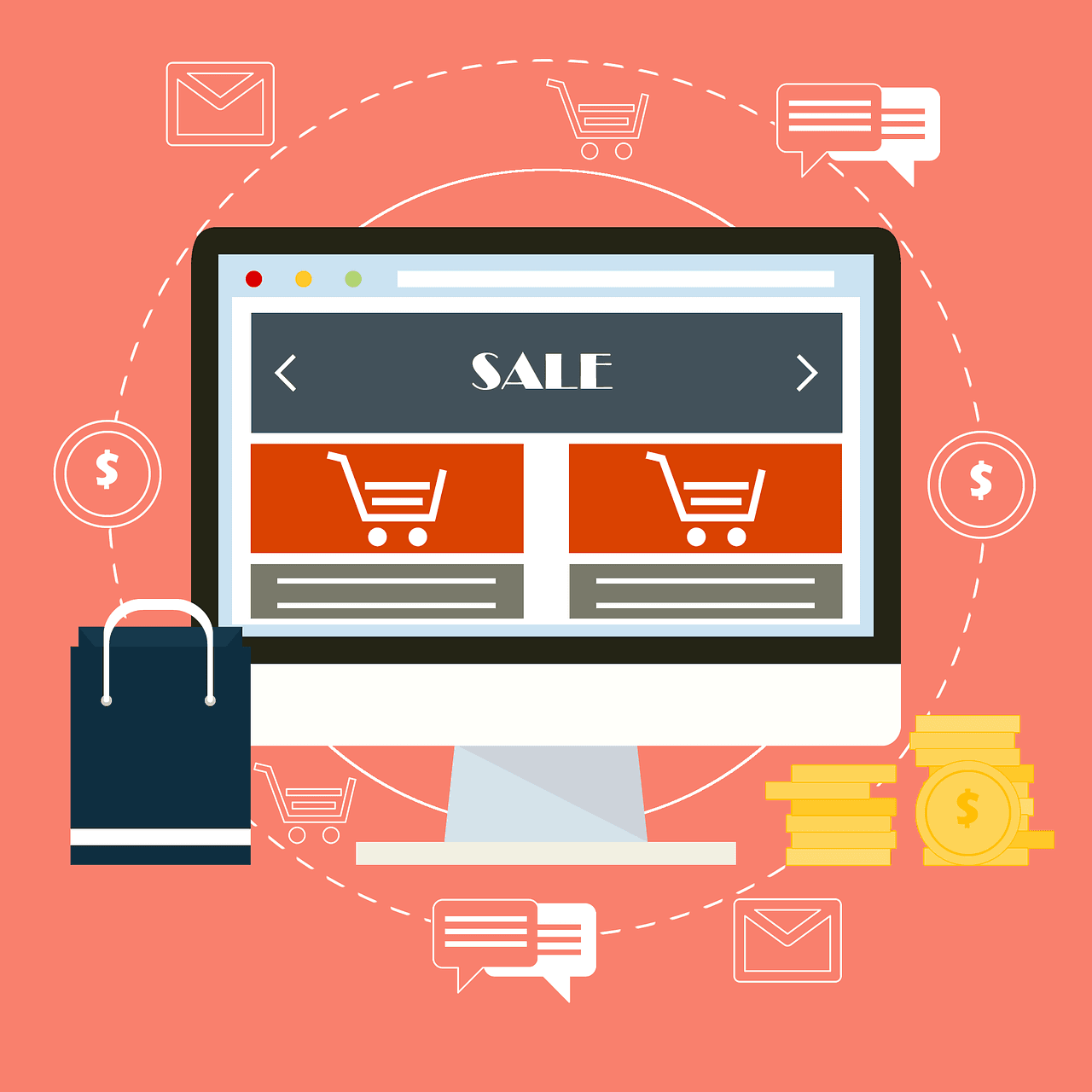(Vendor Case)

As a percentage of U.S. retail sales, e-commerce is growing and has been for many years. Will your business be positively or negatively impacted by this trend?
Despite modest economic growth of 1.6% in the U.S. in 2016, many traditional brick-and-mortar companies had a tough time. Big-name retailers such as JC Penney, Macy’s, Office Depot, Sears Holding Corp, and Walmart all closed stores during the year. On the other hand, e-commerce companies such as Alibaba and Otto Group showed growth, and e-commerce giant Groupon left a number of unprofitable markets to poise itself for growth. There appears to be a positive relationship between retailers with effective e-commerce programs and overall financial health
It is interesting to note that Amazon, for all the havoc it has caused brick-and-mortar retailers, started opening brick-and-mortar stores of its own. Best Buy, a primarily brick-and-mortar business, owes much of its 2016 growth to its online sales. This suggests that the smart money may be on multi-channel strategies in which physical stores and online stores complement each other, drawing the best from both albeit with a greater level of administrative complexity.
Of course, the economic and competitive landscape is ever changing. The winning commerce strategy of 2016 may be undermined by innovative competitors in 2017. The companies that are likely to perform best are those who recognize and adapt quickly to the changing landscape. Therefore, the retailers who ignore the growing impact of e-commerce do so at their peril. A telling statistic – over eighty percent of consumers purchased something online in the past year, and fifty percent purchased multiple items online in that period.

Here are some factors that compel businesses to make e-commerce a key component of their overall sales strategy:
Customers – Businesses get access to a global pool of potential consumers through e-commerce. Geography no longer separates vendors and buyers.
Availability – Online stores are typically open for business 24/7/365. This means that the sales opportunity is ever-present, always at the ready.
Competition – Given the trillions of dollars spent online each year, retailers are aggressively positioning themselves to make their goods and services highly visible and attractive to those who purchase online.
Economy – The cost to rent a traditional brick-and-mortar retail space is typically more expensive than the cost to host an online store in a server farm somewhere.
Space Limitations – Physical space has physical limits. Only so many products can fit in a showroom of any given size. Virtual products, on the other hand, have no such limits. You may scale from five products to five million products with relative ease.
Of course, to be effective in e-commerce, vendors must understand their customer, their competition, and the marketplace. Those that get it right will enjoy the economic advantages.
Endertech is a Los Angeles Web Developer able to provide solutions for your Ecommerce Design and Development needs. Contact us for your free consultation.
